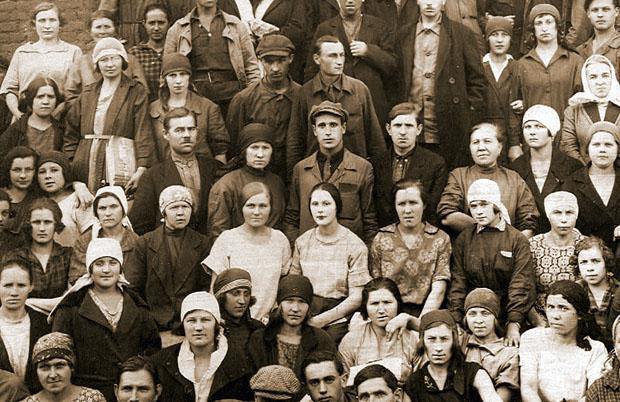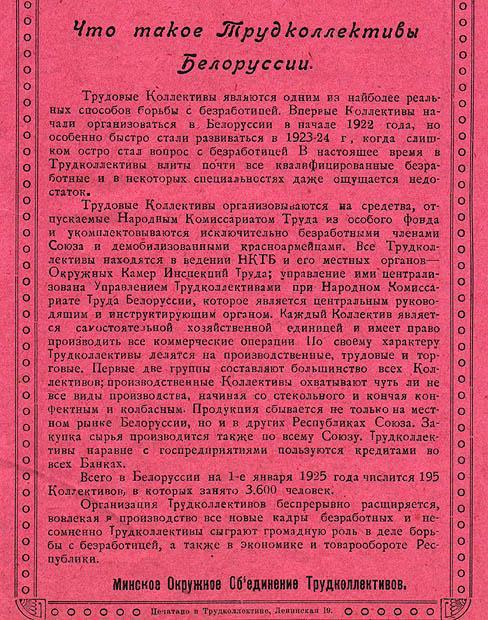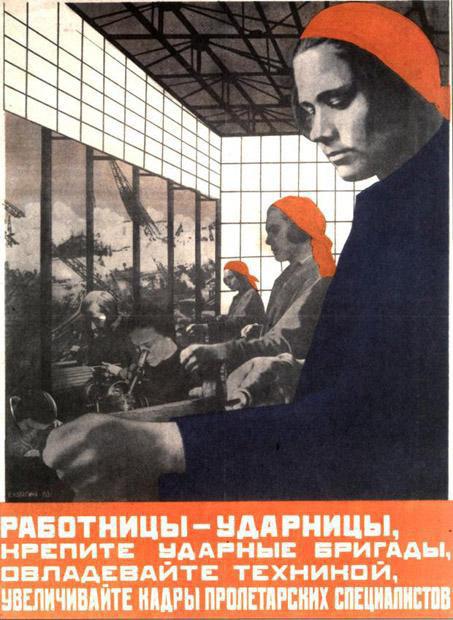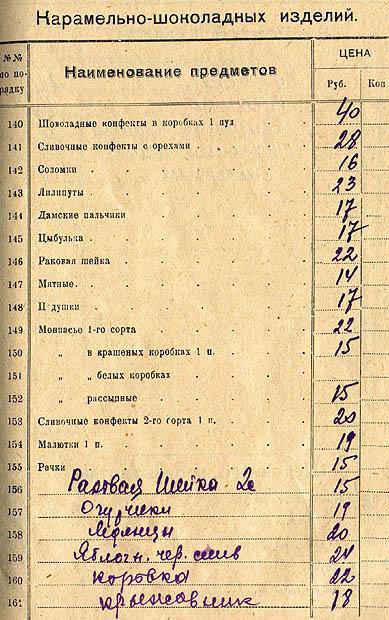634
Caramel "Crayfish" manual production
Legendary caramel "Crayfish" demanded manual labor and women's participation by all means. That's what I thought when the National Archives of the Republic of Belarus met a wonderful document 1925.

The full name for this "Preis-Courant" the following:

Belarusian capital was described at the time by the following figures. "According to the census of 1922, the population in Minsk listed 102,375 people. Of them - 48,476 men and 58,889 women. " ("Star" 1923, January 18)
Also, the newspaper reported: "The city has 36 schools, 18 of them semiletok. The schools trained 9973 students, 4902 of them - the children of union members (emphasis added. - SK). At school 471 teacher, of whom 121 - with higher education and graduated from the Pedagogical Institute ... The city has 15 kindergartens with total number of children - 688 and 4 preschool children's homes with the total number of children - 225 ... In the city, there are 19 schools in which It is the eradication of illiteracy among women. 74 delegates, workers sent to party schools ».
Women were active in the production, which was reflected in the chronicle of those days. In April 1923, he began working Minsk wallpaper factory behalf of Thieves. "The factory employs 40 workers. The day produced 5000 pieces of wallpaper. "

In a note to "resurrect" the newspaper "The Star" written July 21, 1923: "At the glass factory" Proletary "(Grigoryevskaya Str.) Running 68 workers, 23 of them women."
Generally in an industrial Chronicle has always emphasized the participation of women:
"At the brewery, the former Lekkerta works 46 people, including 25 women».
"In the tobacco factory Minsk Jewish consumer society employs 70 workers, including 55 women».
Yet mass unemployment in Minsk twenties primarily affects women. For this reason, the BSSR People's Commissariat of Labor has sought ways to create jobs:

These new labor groups did not require large spaces and are usually created in the community. Not every woman could defend a complete change from the tool line in the factory, on the famous poster Valentina Kulagina:

A small trudkollektivy burdened families craftswomen took part-time work. Here is an example of the shoe price list 1925:

But the most dear occupation for women was the production of chocolates "Tsybul'ka", "Cow" and the like "sausages" and "fingers»:
High life at that time was, quite frankly, poor. December 25, 1924 "The Star" reported, "published the first two issues of the new magazine for women" Belarusian worker and peasant woman. " But the pattern of the "grand-Soviet" Chronicles:
"From Poland marched through Minsk family IL Prominsky personal friend VI Lenin's exile 1897-1900 years .; Prominsky wife referred to the Central Committee of the Party of Lenin with his photo and a handwritten inscription, Vladimir Ilyich personal note dated 3 July 1920 and the telegram from June 1, 1920 & quot ;.
Traces of gender discrimination in Minsk that era I find in the chronology of events described by the newspaper "Business". June 28, 1932 at the Tatar Svislochi near the bridge on the street was opened Starovilensky men urban swimming. A women's bathing in the same city opened a week later. What!
But women willingly passed forward in the other cases. March 10, 1936 "Business" reported "on March 8 Minsk Osoaviakhim held its first female avtomotokross gas masks».

Source: news.tut.by

The full name for this "Preis-Courant" the following:

Belarusian capital was described at the time by the following figures. "According to the census of 1922, the population in Minsk listed 102,375 people. Of them - 48,476 men and 58,889 women. " ("Star" 1923, January 18)
Also, the newspaper reported: "The city has 36 schools, 18 of them semiletok. The schools trained 9973 students, 4902 of them - the children of union members (emphasis added. - SK). At school 471 teacher, of whom 121 - with higher education and graduated from the Pedagogical Institute ... The city has 15 kindergartens with total number of children - 688 and 4 preschool children's homes with the total number of children - 225 ... In the city, there are 19 schools in which It is the eradication of illiteracy among women. 74 delegates, workers sent to party schools ».
Women were active in the production, which was reflected in the chronicle of those days. In April 1923, he began working Minsk wallpaper factory behalf of Thieves. "The factory employs 40 workers. The day produced 5000 pieces of wallpaper. "

In a note to "resurrect" the newspaper "The Star" written July 21, 1923: "At the glass factory" Proletary "(Grigoryevskaya Str.) Running 68 workers, 23 of them women."
Generally in an industrial Chronicle has always emphasized the participation of women:
"At the brewery, the former Lekkerta works 46 people, including 25 women».
"In the tobacco factory Minsk Jewish consumer society employs 70 workers, including 55 women».
Yet mass unemployment in Minsk twenties primarily affects women. For this reason, the BSSR People's Commissariat of Labor has sought ways to create jobs:

These new labor groups did not require large spaces and are usually created in the community. Not every woman could defend a complete change from the tool line in the factory, on the famous poster Valentina Kulagina:

A small trudkollektivy burdened families craftswomen took part-time work. Here is an example of the shoe price list 1925:

But the most dear occupation for women was the production of chocolates "Tsybul'ka", "Cow" and the like "sausages" and "fingers»:
High life at that time was, quite frankly, poor. December 25, 1924 "The Star" reported, "published the first two issues of the new magazine for women" Belarusian worker and peasant woman. " But the pattern of the "grand-Soviet" Chronicles:
"From Poland marched through Minsk family IL Prominsky personal friend VI Lenin's exile 1897-1900 years .; Prominsky wife referred to the Central Committee of the Party of Lenin with his photo and a handwritten inscription, Vladimir Ilyich personal note dated 3 July 1920 and the telegram from June 1, 1920 & quot ;.
Traces of gender discrimination in Minsk that era I find in the chronology of events described by the newspaper "Business". June 28, 1932 at the Tatar Svislochi near the bridge on the street was opened Starovilensky men urban swimming. A women's bathing in the same city opened a week later. What!
But women willingly passed forward in the other cases. March 10, 1936 "Business" reported "on March 8 Minsk Osoaviakhim held its first female avtomotokross gas masks».

Source: news.tut.by























